Related Research Articles

The Vicar of Wakefield, subtitled A Tale, Supposed to be written by Himself, is a novel by Anglo-Irish writer Oliver Goldsmith (1728–1774). It was written from 1761 to 1762 and published in 1766. It was one of the most popular and widely read 18th-century novels among Victorians.
The Ecclesiastical Household is a part of the Royal Household of the sovereign of the United Kingdom. Reflecting the different constitutions of the churches of England and Scotland, there are separate households in each nation.
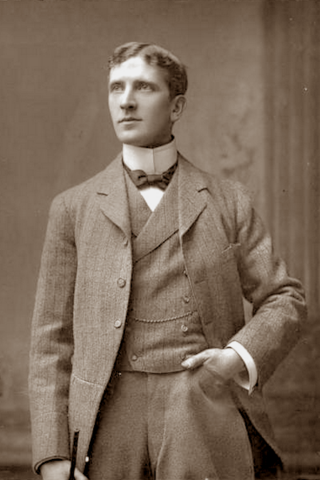
Benjamin Webster was an English actor, the husband of the actress May Whitty, and father of the actress and director Margaret Webster. After a long career on the English stage, Webster, together with his wife, moved to Hollywood, where they made numerous films in their later years.
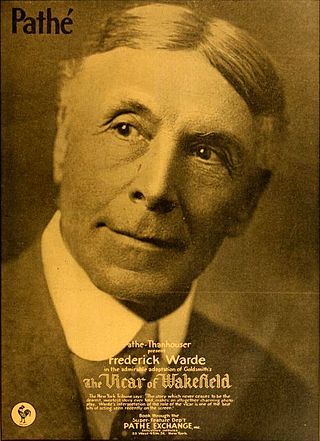
Frederick Barkham Warde was an English Shakespearean actor who relocated to the United States in the late 19th century.
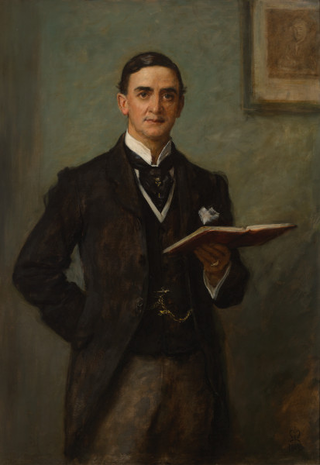
Sir John Hare, born John Joseph Fairs, was an English actor and theatre manager of the later 19th– and early 20th centuries.

George Henry Irving was an American film actor and director.
Jack Raymond (1886–1953) was an English actor and film director. Born in Wimborne, Dorset in 1886, he began acting before the First World War in A Detective for a Day. In 1921 he directed his first film and gradually he wound down his acting to concentrate completely on directing - making more than forty films in total before his death in 1953.
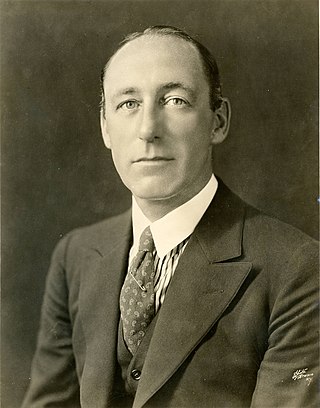
Francis Lumsden Hare was an Irish-born American film and theatre actor. He was also a theatre director and theatrical producer.
Alexander Gordon Cowie was an English first-class cricketer, British Army officer, and a noted war poet during the First World War.
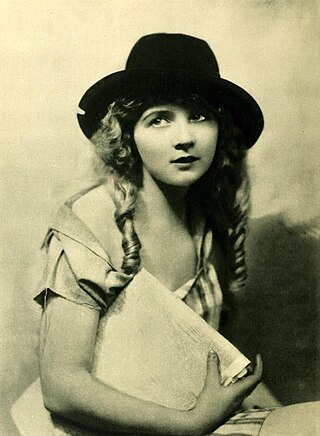
Gladys Leslie Moore was an American actress in silent film, active in the 1910s and 1920s. Though less-remembered than superstars like Mary Pickford, she had a number of starring roles from 1917 to the early 1920s and was one of the young female stars of her day.
A.E. George was an English stage actor. He also appeared in three silent films.
Hepworth Picture Plays was a British film production company active during the silent era. Founded in 1897 by the cinema pioneer Cecil Hepworth, it was based at Walton Studios west of London.
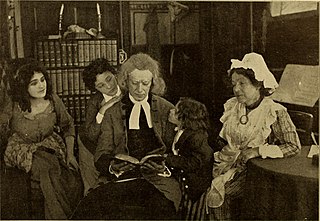
The Vicar Of Wakefield is a 1910 American silent short drama produced by the Thanhouser Company. The film was adapted from Oliver Goldsmith's 1766 novel The Vicar of Wakefield, but covers only part of the plot and deviates significantly from the book to allow the story to be told within the confines of a single reel of film.
The Game of Liberty is a 1916 British silent comedy crime film directed by George Loane Tucker and starring Gerald Ames, Douglas Munro and Laura Cowie. It is also known by the alternative title of Under Suspicion. It was based on the 1915 novel of the same title by E. Phillips Oppenheim.
Henry VIII is a 1911 British silent historical film directed by Will Barker and starring Arthur Bourchier, Herbert Tree and Violet Vanbrugh. It is based on William Shakespeare and John Fletcher's play Henry VIII. Tree was paid £1,000 for his role as Cardinal Wolsey which was revealed as part of the film's publicity. The writer Louis N. Parker was employed as an advisor regarding historical accuracy.
Frank Wilson (1873–?), was a British actor, writer and film director. Wilson was a prolific director during the silent era, shooting well over 200 shorts and feature films. He worked at the pioneering Hepworth Pictures in Walton Studios and later at Broadwest of Walthamstow Studios.
The Vicar of Wakefield is a 1913 British silent historical drama film directed by Frank Wilson and starring Violet Hopson, Harry Royston and Chrissie White. The film is an adaptation of the 1766 novel The Vicar of Wakefield by the Irish writer Oliver Goldsmith.
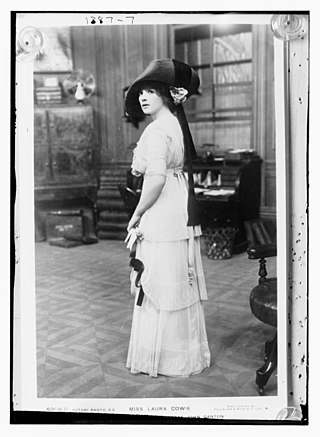
Laura Cowie was a Scottish silent film actress.
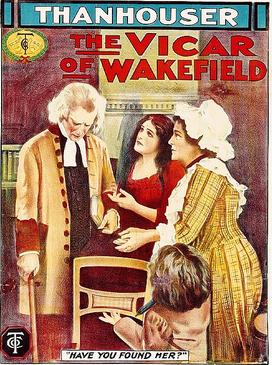
The Vicar of Wakefield is a 1917 American silent historical drama film directed by Ernest C. Warde and starring Frederick Warde, Boyd Marshall and Kathryn Adams. It is based on the 1766 novel The Vicar of Wakefield by Oliver Goldsmith. Unlike many productions of the era, the film still survives.
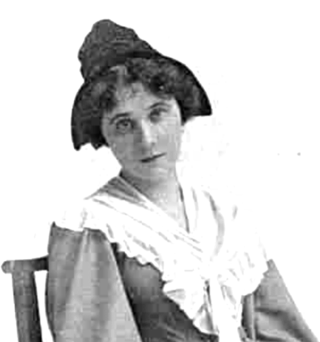
Winifred Fraser, née Day, was an English actress. After building a career in supporting roles in London and on tour from 1888 to 1910, she moved to the US, where she appeared in numerous Broadway productions in the 1910s and 1920s, before retiring to England.
References
- ↑ "The Vicar of Wakefield (1916)". Archived from the original on 13 February 2009.